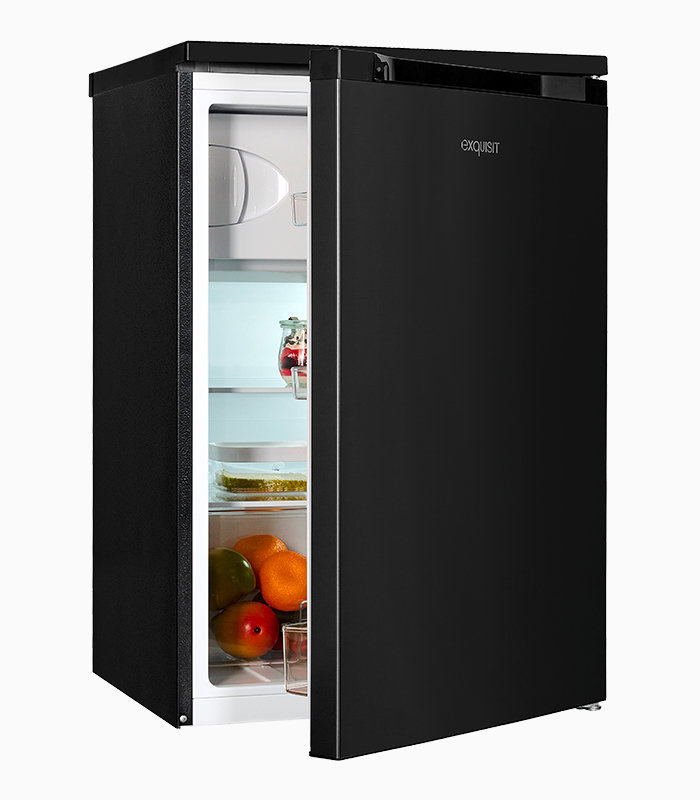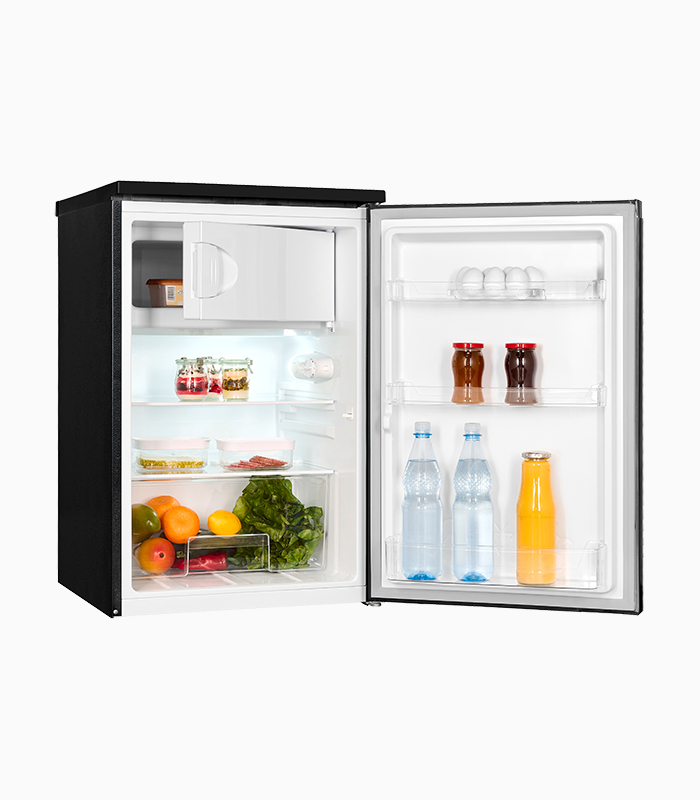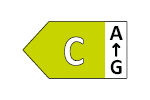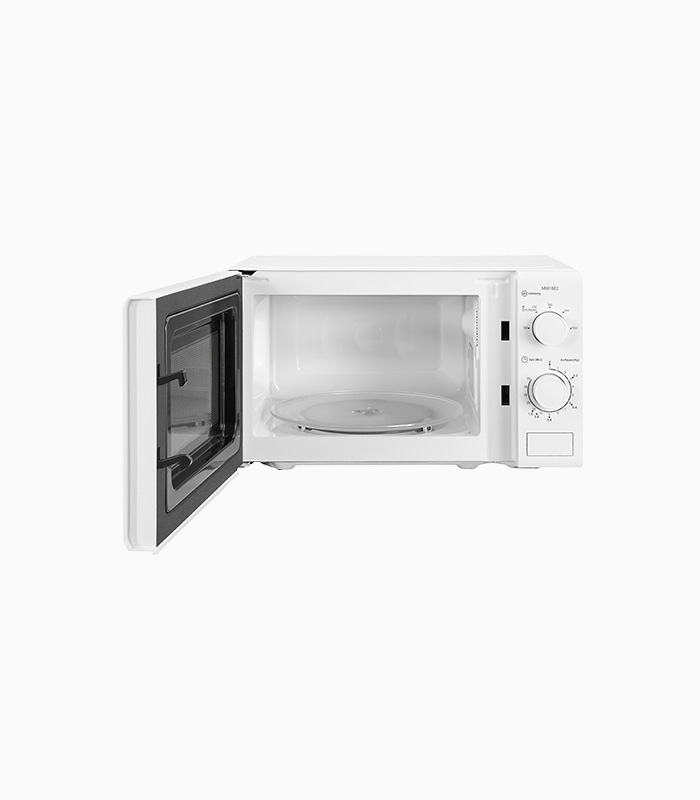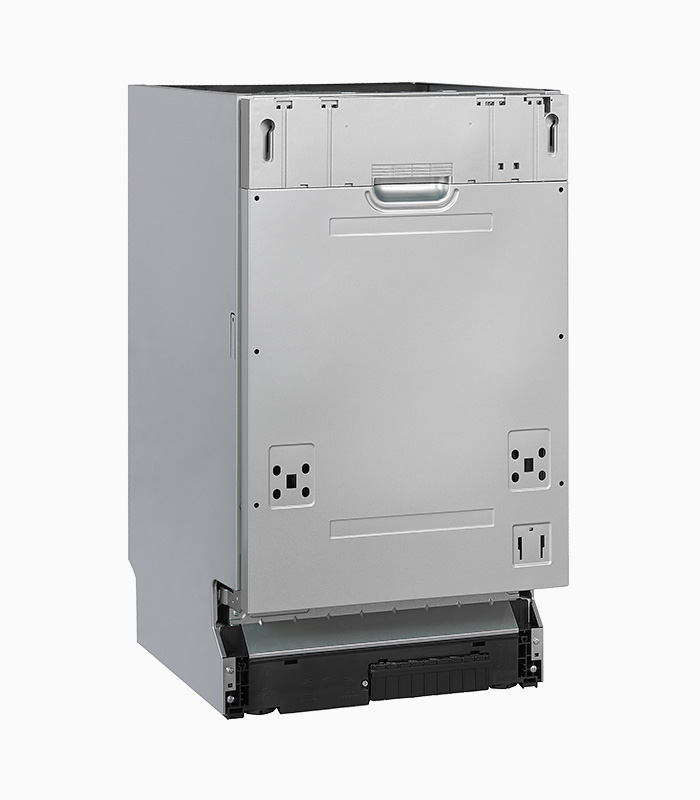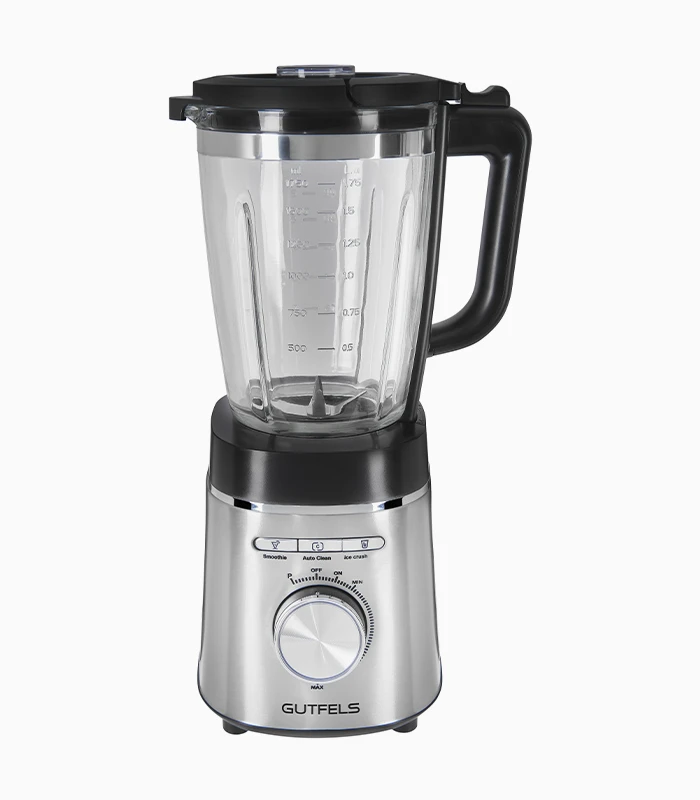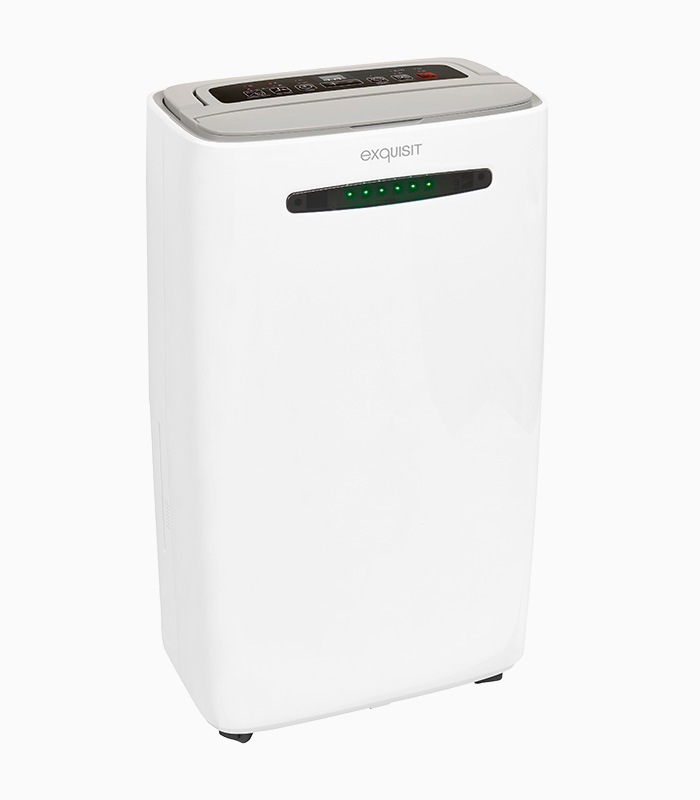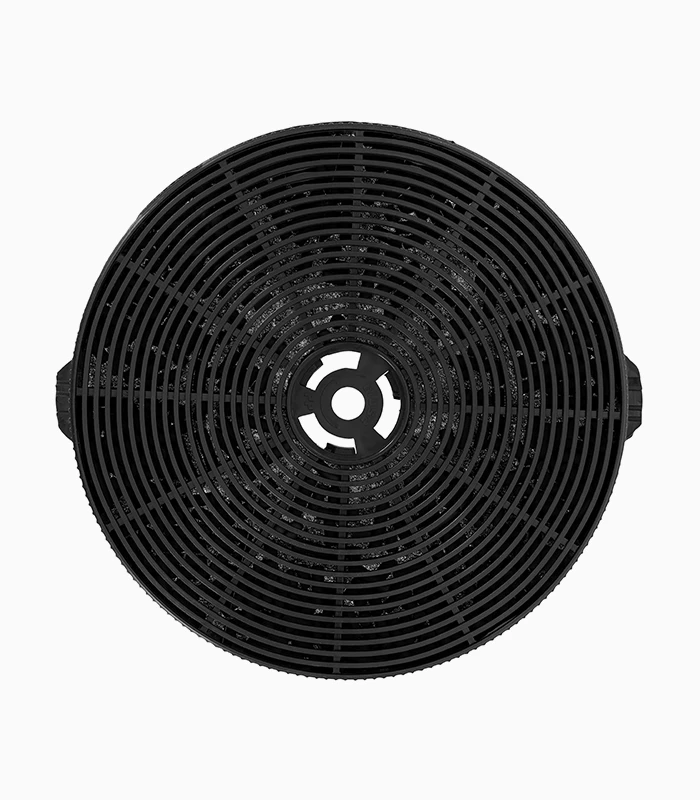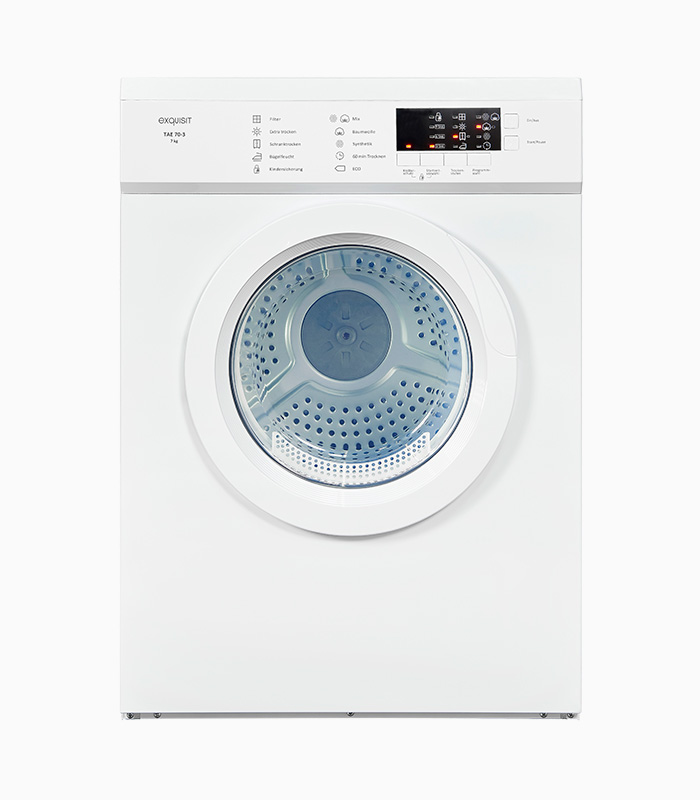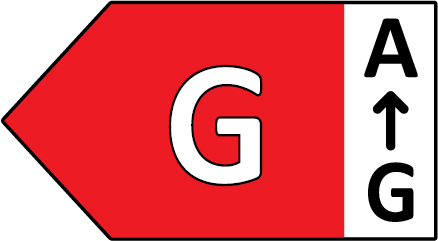Heat pump dryer vs. exhaust air dryer: What is the difference?

When looking for a new dryer, consumers often come across different types of dryers, including heat pump dryers and exhaust air dryers. But what exactly differentiates between these two dryer types? In this article we will take a closer look at the difference between heat pump dryers and exhaust air dryers to help you with the decision.
Functionality
The biggest difference between heat pump dryers and exhaust air dryers is how they work. Heat pump dryers use a heat pump to heat the air and extract the moisture from the laundry. The resulting moist air is then condensed and the water is collected in a container. Exhaust air dryer, on the other hand, use a fan to blow the moist air out of the dryer and to guide it outwards via a exhaust hose.
Tip: Think about whether you can install an exhaust hose - if not, a heat pump dryer is the better choice.
Energy efficiency
An important advantage of heat pump dryers compared to exhaust air dryers is their energy efficiency. Heat pump dryers work more efficiently because they reuse the heat instead of simply deriving them. As a result, they can use up to 50% less energy than exhaust air dryers. Although exhaust air dryers are often cheaper to buy, they can cause higher energy costs in the long run.
Tip: If you want to save long -term energy costs, choose a heat pump dryer, especially with frequent use.
installation
The installation of heat pump dryers and exhaust air dryers also differs. Heat pump dryers do not need a exhaust hose because they condense the moisture and collect in a container. This makes it more flexible in placement and easier to install. Exhaust air dryers, on the other hand, require a exhaust hose that must be led to the outside in order to derive the moist air. This can limit the possibilities of listing and require additional installation steps.
Tip: Heat pump dryers are ideal for flexible placements, while exhaust air dryers only work with an external connection.
Dry season
Another difference between the two dryer types is the dry season. Heat pump dryers work at lower temperatures to increase energy efficiency. As a result, the drying time can be a little longer compared to exhaust air dryers. However, if you prefer time savings, exhaust air dryers could enable faster drying due to their higher operating temperatures.
Tip: Open yourself for an exhaust air dryer if fast drying times are crucial for you. Heat pump dryers work gentler for this.
Price
In pricing, exhaust air dryers are usually cheaper than heat pump dryers. However, the savings on energy costs can pay off in the long term for heat pump dryers. Depending on your budget and long -term cost considerations, you should consider both aspects.
Tip: Calculate the long -term energy costs - a higher purchase price of a heat pump dryer can be worthwhile.
▶ Conclusion
When choosing between a heat pump dryer and an exhaust air dryer, you should take your individual needs and preferences into account. If energy efficiency and flexibility are important to you during installation, a heat pump dryer is the better choice. If, on the other hand, a lower purchase price and a faster drying time are in the foreground, an exhaust air dryer can be the right option. However, note that long -term operating costs should play a role in the decision.

To the author:
Hello, I am May, rinsing and washing expert at Exquisit. In my blog posts I respond to everything that has to do with rinsing and washing technology.
Suitable devices from Exquisit

